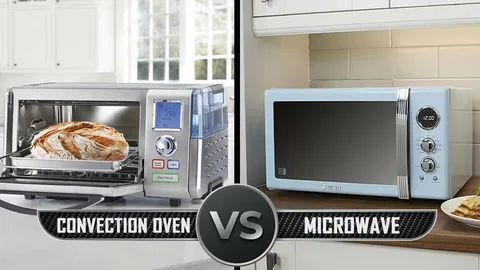Microwaves have become an essential appliance in modern kitchens, known for their convenience and speed in heating food. But have you ever wondered about the science behind microwaves: how they really heat your food so quickly and efficiently? In this article, we will explore the fascinating physics and technology that power microwave ovens.
What Are Microwaves?
Microwaves are a form of electromagnetic radiation, similar to radio waves but with a shorter wavelength. When you switch on a microwave oven, it generates these waves, which then penetrate your food. Unlike conventional ovens that heat food from the outside in, microwaves heat food more uniformly by directly exciting the molecules inside.
The Science Behind Microwaves: How They Really Heat Your Food
At the core of the science behind microwaves: how they really heat your food lies the interaction between microwaves and water molecules. Water molecules are polar, meaning they have a positive and a negative end. When exposed to microwave radiation, these molecules begin to rapidly oscillate, flipping back and forth billions of times per second. This rapid movement generates heat through friction, warming your food from the inside out.
The microwave’s magnetron produces waves at a frequency of about 2.45 GHz, which is ideal for exciting water molecules. Since most foods contain water, this method efficiently heats a wide variety of dishes in a fraction of the time it takes conventional heating methods.
Why Some Foods Heat Unevenly
While the science behind microwaves: how they really heat your food explains rapid heating, it also highlights why some foods heat unevenly. Microwaves penetrate only a few centimeters into food, so thicker items may have hot spots and cold spots. That’s why stirring or letting food sit for a short period after microwaving can help distribute the heat evenly.
Safety and Efficiency
Microwave ovens are designed with safety in mind. The microwave radiation is contained within the oven’s metal enclosure and does not leak out. Additionally, microwave heating uses less energy compared to conventional ovens since it heats the food directly rather than the surrounding air.

